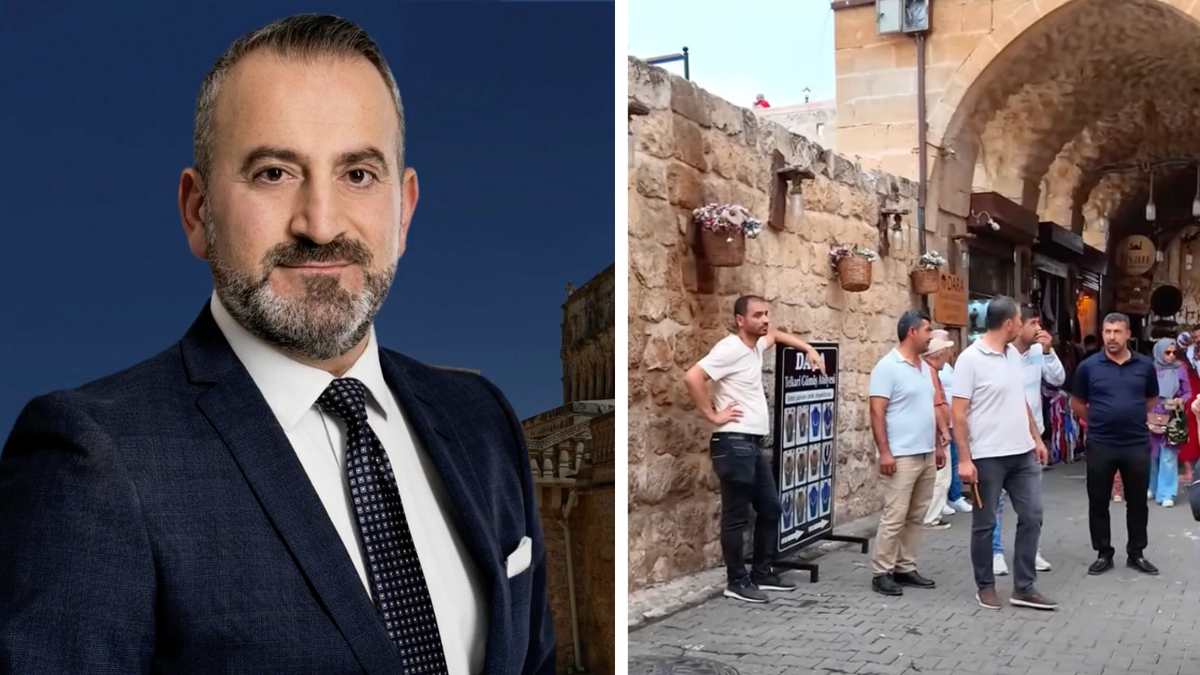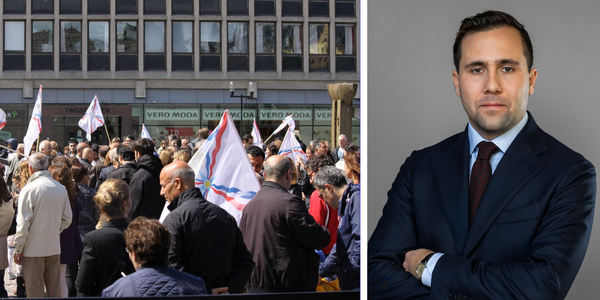Analyst predicts Assyrian population of Tur Abdin Region could quadruple
Increased security and better economic opportunities, among other factors, could more than quadruple the Assyrian population of the Tur Abdin Region, predicts the Assyrian analyst Ilhan Aydin.

Ilhan Aydin, a Sweden-based lawyer and expert on the Tur Abdin Region, predicts that the Assyrian population there has the potential to more than quadruple in the coming years. "We shouldn't be surprised if the Assyrian population of the region increases to 25–30 thousand individuals in the not too distant future," he said in a recent interview with the Sweden-based news channel Assyria TV.
Aydin is perhaps more qualified than anyone else to forecast the region’s development. He has worked on multiple projects aimed at reviving the Assyrian connection to Tur Abdin and is highly involved in many of the issues affecting the region. His own family hails from the village of Hah and is one of many forced to flee after his father was killed by an unknown assailant in the 1980s, a dark decade during which more than 50 Assyrians were murdered, fueling the community’s mass exodus.
Semi-permanent residents - a key group
Experts estimate the current Assyrian population of Tur Abdin to be between 5,000 and 6,000 permanent residents. However, that figure excludes the growing number of semi-permanent Assyrian residents – people who spend part of the year in their renovated or newly built homes in the region. If they are included, the Assyrian population could already be closer to 7,000 - 8,000. Another group are the holiday residents who spend their summers in Tur Abdin. The ebb and flow of these demographic groups is clearly visible in villages like Ain Wardo. With the semi-resident group included, Assyrians now make up about half of the village, with the other half being Kurds who moved in recently. Things change however in the summer months as Assyrian numbers soar to 70–80 percent of the village when the holiday makers arrive, according to local sources.
From Aydins perspective, more among the semi-residents will eventually take the step to become permanent residents: "I think that the current trend we are seeing with semi-residents and people opting to spend long periods of the summer there will evolve into more and more returnees who become permanent residents," he predicts.

Changing domestic diaspora patterns
The positive demographic trend is not only driven by the diaspora outside of Turkey. Local dynamics are also shifting. Whereas in past decades many young Assyrians had to move to major cities like Istanbul to find work, more of them are now able to make a living in Tur Abdin. Increasingly, they are choosing to stay, marry, and raise families in the region. Improved security and infrastructure, including paved roads, internet access, reliable water supply, and a growing local economy supported by tourism and investments, has opened new employment opportunities. In recent years, dozens, if not over a hundred, jobs have been created by Assyrian entrepreneurs launching new ventures. For instance, there are now 14 Assyrian-owned pizzeria restaurants across the region. This momentum could even entice some of the around 15,000 Assyrians who left for cities like Istanbul and Ankara to return home.
Three key trends underpin the Assyrian demographic revival: diaspora Assyrians returning fully or partially, local youth choosing and being able to remain, and Assyrians within Turkey deciding to move back to their home region.
"With a population of 25–30 thousand, Assyrians would reach a critical threshold and be able to hold on to their land, become a visible and influential demographic group in local affairs and elections, and assert themselves much more than they can now," Ilhan Aydin explained in the interview.




